My Sister-in-Law Secretly Performed a DNA Test on My Toddler

Whenever you hear about ancient ruins, you almost never picture them being suspended somewhere, or just randomly hanging on the branch of a tree, right? In fact, for most of the ancient artifacts we have exposed in museums all over the world, archeologists did quite an impressive amount of digging!
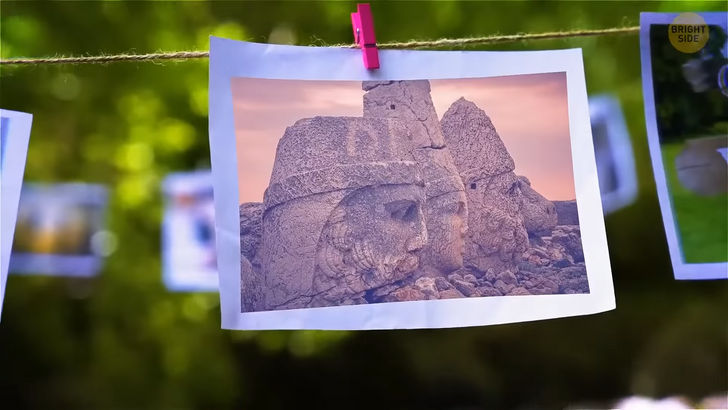
You see, buildings have this funny way of fading away over time if not properly taken care of. Sometimes we need to reuse some building materials, so an older construction may be sacrificed in the process. Other times, houses are abandoned, and once they are exposed to the elements on the surface, like rain or sunlight, they don’t really stand a chance. Some just simply crumble away due to good ol’ erosion. So, the only way a piece of architecture can survive the test of time is if it’s somehow gotten buried deep down.
Now, how did they end up buried in the first place? Well, it’s quite the comedy of errors. Ancient cities had a habit of gradually raising their ground level like a kid adding toppings to their ice cream sundae. You see, these settlements were always busy collecting food and building materials to keep up with their ever-growing population. But hey, who has time to deal with waste and rubbish? It wasn’t exactly high on their to-do list back in the day. So, when it came to building new houses, ancient civilizations found it much easier to save their sweat and tears by piling up the rubble and constructing right on top!
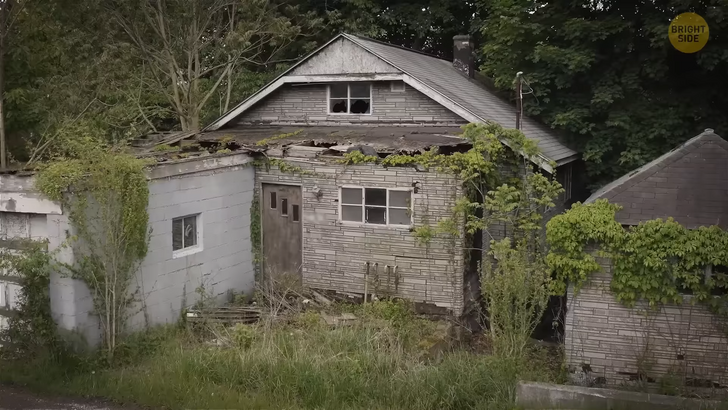
But that’s not all! Rivers would also occasionally flood and deposit a layer of sediment on the city floors, further encapsulating those ancient constructions. And in those dry regions, like the desert, where the wind likes to show off its sand-and-dust dance moves, you can bet it was a constant struggle to keep the establishments clean. One hilarious example is the Sphinx, which had its head buried in sand until a group of archaeologists unearthed it in 1817.
Some ancient towns eventually got covered up because they were completely abandoned. With less human activity to control their expansion, plant seeds couldn’t resist the opportunity and sprouted all over the place. They gobbled up carbon dioxide from the air and grew, adding more and more bulk to the ground. Those cheeky roots even decided to stabilize the soil made from decaying plant matter, creating layers upon layers of earthy goodness. It’s like the ultimate DIY project Mother Nature embarked on, with plants as her loyal helpers. The act of digging into the secrets of ancient civilizations is not just about unearthing a lost world; it’s also an epic quest to reveal the hidden treasures beneath layers of history.
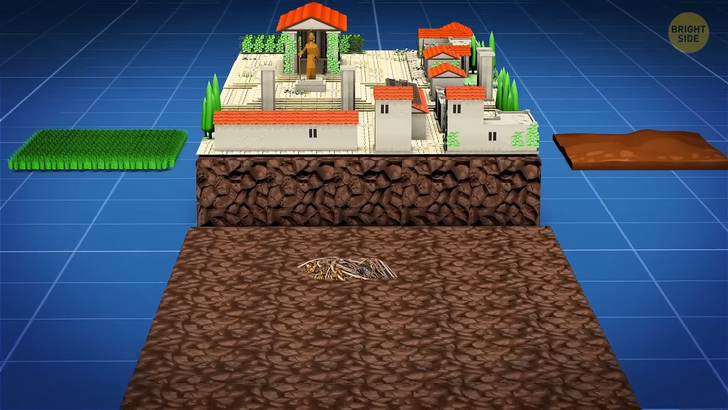
But how do archeologists know where to dig in the first place? If everything is covered in layers upon layers of sediments, debris, and plant roots, they must have some sort of system they rely on before embarking on a new project, right?
For starters, they’re not always the ones suggesting an archeological dig in a certain location. Let me explain: let’s say you’re a contractor, and you want to build a new, fancy apartment complex in your city. Some local legislations have certain requirements before your project can start, though. For instance, before anyone starts building on a piece of land, they might need to bring in specialists to check the soil. These clever folks can be archeologists, geologists, or paleontologists, and they need to keep an eye on things during development. If any artifacts or ecofacts (fancy word for organic remnants) are discovered, these experts swoop in to excavate and study them.
But what about sites that have nothing to do with bulldozers and yellow hats? Archeologists have more than one trick up their sleeves when it comes to locating ancient hotspots. They dive deep into historic records with a healthy dose of detective work. By sniffing out old documents and maps, they can piece together the puzzle of human activity in a specific area. If a site has been visited before, it’s even better. Finding records of past excavations or historical accounts can give archeologists lots of information on where to continue their treasure hunt.

Before archeologists start swinging their shovels, they engage in a bit of a visual scan mission. Armed with a grid system, they’ll stroll around the site, keeping their eyes peeled for any artifacts that might be hiding just beneath the earth’s upper layer. From ground stone tools to historic glass and even ancient garbage dumps (yes, they’re also valuable!), these keen-eyed explorers can spot signs of human activity faster than most people. If they stumble upon midden soil (fancy term for a garbage dump), they know for sure that humans once called this place home.
Archeologists don’t just rely on their trusty shovels, though. They have an arsenal of gadgets to aid in their search for hidden wonders. Geophysical tools are like their secret weapons. Take the resistivity meter, for example. This clever contraption measures the electrical component of the soil and any buried features or artifacts. A buried wall, for instance, will create a different resistivity reading than the surrounding soil. Magnetometers and ground-penetrating radar work in similar ways, showcasing potential hints of ancient treasures in the soil. And who could forget our trusty old friend, the GPS? It helps archeologists map out precise locations, like a high-tech treasure map leading them straight to their pot of gold!
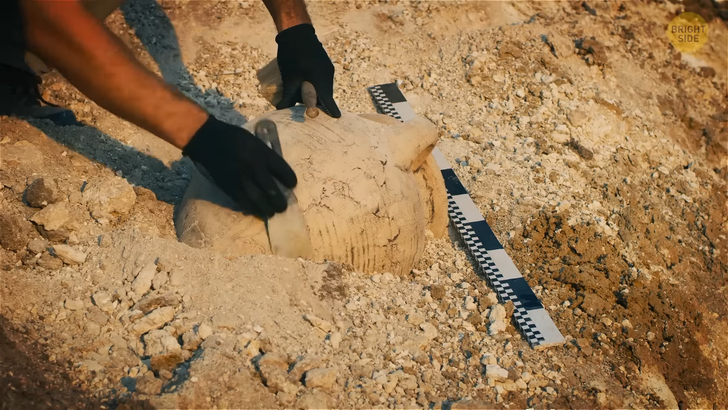
Care to virtually visit some of the most important archeological sites in the world? Well, follow me! In the United Kingdom, for instance, you’ll find this interesting place called Stonehenge. It’s one of many “henges” scattered around, but this one really takes the cake! Picture this: massive, ancient stones standing tall and proud, arranged in a funky outer ring and an inner horseshoe, with some smaller stones thrown in for good measure. And guess what? These amazing stones have been around for over 5,000 years! Talk about a serious case of “rock-solid” longevity.
Now, here’s where it gets interesting. According to local folklore, the legendary wizard Merlin whipped out his magic wand and poof! He teleported these massive stones all the way from Ireland. Apparently, some giants had assembled them there, but Merlin decided they would look much better at their new location. Others think it’s just the ruined remains of an old Roman spiritual edifice.
These amazing structures were built by our Bronze Age ancestors. With their simple tools and limited tech, they managed to create this monumental masterpiece. Impressive, right? Unfortunately, there’s still so much we don’t know about this area. Stonehenge’s initial purpose remains a mystery to this day. Sure, there are lots of theories, but scientists have yet to agree on the subject. However, we do know that it’s perfectly aligned to catch the sunrise during the summer and winter solstices.
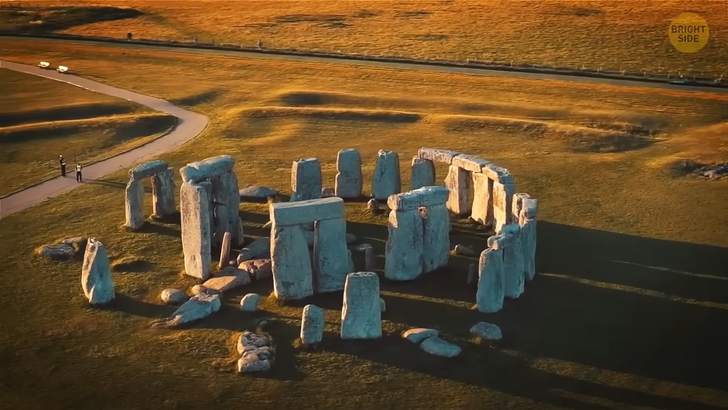
The ancient city of Pompeii is an equally amazing archeological site. Picture this: Mount Vesuvius, a notorious troublemaker, decided to throw a volcanic tantrum and completely covered this ancient Roman city. It turned it into a time capsule, located outside present-day Naples, in Italy.
Fast forward to the year 1748, when a bunch of adventurous explorers stumbled upon Pompeii. Lo and behold, they discovered a treasure trove of well-preserved goodies! Streets, houses, food (probably a bit stale by then), blingy jewelry, fancy sculptures, colorful frescoes, everyday household items, and even animal and human remains. It was like an epic archeological party!
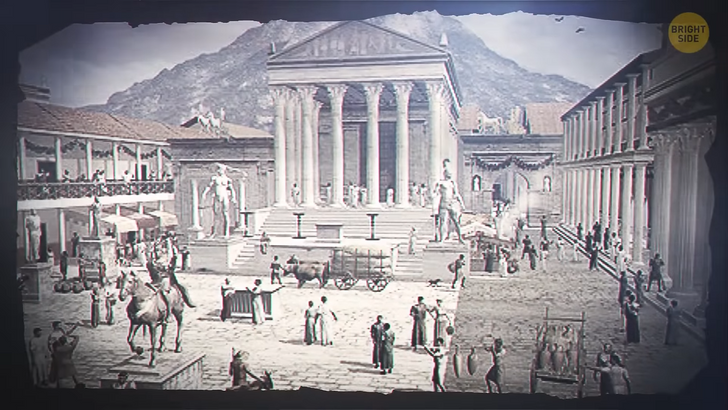
From the looks of it, Pompeii had it all. Fancy houses and villas, a massive 20,000-seat arena, cute little artisan shops, hangouts like taverns, and let’s not forget the saucy spots like those luxurious bathhouses for some intense pampering. There’s also the Sanctuary of Apollo, where people used to gather for their daily dose of worship. And of course, the bustling heart of the city, the Forum of Pompeii, where all the cool people used to hang out. And guess what? Pompeii is so cool that it made it to UNESCO’s World Heritage List back in 1997. That’s like the ultimate Hall of Fame for historical awesomeness! It also includes many other famous buildings and sites, like the Taj Mahal in India and the Acropolis of Athens in Greece.











